Fifth Decade: The CrucifixionThe Crucifixion Giotto di Bondone (1304-1306) fresco, Large: approximately 6.5 feet high by 6 feet wide Currently located in Cappella Scrovegni (Arena Chapel), Padua, Italy Let's just take this in. Take a deep breath in, nice and slow; breathe it out, nice and slow. Move your eyes over the painting. What do you see? Giotto's painting is divided into three distinct scenes with Jesus on the Cross in the center.
Let's stop for a minute and use our eyes to re-trace our study. We started with the angels, then we looked at Jesus' feet and St. Mary Magdalen, then we looked at the Blessed Virgin Mary and the saints with her, then we looked at Jesus' garment and the soldiers who are arguing. The complete image is below. Look at it one more time, paying attention to the shape your eyes are making: angels, feet, Virgin, soldiers. What shape did your eyes make? Isn't the artist Giotto clever? He helped you pray while you looked at this painting of a holy scene.
First Sorrowful Mystery: Agony in the Garden Second Sorrowful Mystery: The Scourging Third Sorrowful Mystery: The Crowning of Thorns Fourth Sorrowful Mystery: The Carrying of the Cross Now, with The Crucifixion in our imagination, let us pray.For families with very young children, or for families new to the Rosary, simplify by only praying the Sign of the Cross, the Lord's Prayer, and the Hail Mary. These prayers are inside the front and back covers of your child's workbook. Follow the graphic: For families ready to push it forward, add in one new prayer each week until you have a complete decade. Follow the outline: Hold the Crucifix in your right hand. Make the Sign of the Cross properly, using the right hand only. Still holding the Crucifix, state what you believe as a Catholic by saying the Creed. Move to the first bead. Pray one Our Father. Move to the next beads. Pray the Hail Mary three times, once on each bead. Move to the next bead and pray one Glory Be. Stay on the same bead. Announce the Mystery by saying these words: The Fifth Sorrowful Mystery, The Crucifixion. For three hours our dear Lord hung on the cross. He was taking on Himself the punishment for our sins. After some time, He knew that God had forgiven our sins. Once more, we had the right to enter Heaven. So He dropped His head and died. God, His Father, allowed this punishment. We praise and thank Jesus and God our heavenly Father for the glorious victory the Christ gained for us through His death and resurrection: Father, although this glorious triumph was completed more than 2000 years ago, it is still as potent and powerful in the lives of believers today as it was when the angels declared, "He is not here - He is risen." Keep me ever looking to Jesus, knowing that this glorious victory has not lost any of its ancient power, but is the single means of overcoming the world, the flesh and the devil. I pray that I will run the race that is set before me looking to Jesus, and that I may finish the course that You have given to me, as I yield through word and deed to the working of the Holy Spirit within. This I ask in Jesus' name, Amen. (Source) Stay on the same bead. Pray one Our Father. Move through the next ten beads, praying the Hail Mary on each one. Move to the next bead. Pray one Glory Be. Stay on the same bead. Pray the Fatima Prayer. Make the Sign of the Cross using the Crucifix. AMEN! Lenten ApplicationDear holy families,
Through your meditations of the Sorrowful Mysteries over the past five weeks, you have encountered the Passion in the Scriptures several times. On Palm Sunday, we will participate in the Gospel reading that recounts the events of the Passion, Mark 14: 1 through Mark 15: 47. Starting with Mark 15: 34, we are told that Jesus speaks while He hangs on the Cross. I invite you to use this resource to meditate on the Seven Last Words of Christ, words of great meaning that I want you to know. This devotion may be spread out over a week, commemorating one of the Seven Last Words each day (different links are available for each day), or you may pray it as a whole devotion in a single day. As always, you choose what is best for your family, but I encourage you to participate fully. Please, bless your Lent with prayer and meditation. In Christ's Love, Mary Acevedo, Director of Religious Education
2 Comments
Fourth Decade: The Carrying of the CrossLe Christ quittant le prétoire (Christ Leaving the Court) Gustave Doré (1874-1880) oil on canvas, Very Large: approximately 16 feet high by 23.5 feet wide Currently located in Museum of Fine Arts, Nantes, France There are two figures that really pop out of this scene because they are so bright. Can you point to them? One is a man, the other is a woman. Can you tell me their names? Read the title of this painting. Do you know what is happening here? I'm sure you remember the story we've been reading the past few weeks: Jesus was in Jerusalem celebrating the Jewish holy day of Passover with His friends. On Holy Thursday, He knew that the time had come to fulfill His purpose. While He was in the Garden of Gethsemane, He was arrested. He was brought to many places and accused of many things; while He was there, He was beaten in many ways. Pontius Pilate, the Roman authority in the Holy Land, presented Jesus to the crowd and asked them, "Should I free Jesus, or should I free Barabbas?" Barabbas had committed horrible crimes; Jesus committed no crime. It didn't matter to the people in the crowd. They shouted that they wanted Barabbas to be set free. This painting shows the moment when the soldier broke the crowd apart to make room for Jesus to walk forward to pick up His Cross. There are so many people in this crowd. It would take us a long time to count them all! But we could do it if we wanted to. I would count pretty slowly because I would want to look carefully at each person. Can you see how each one is so distinct, so set apart from the rest of the crowd? Each one is his or her own individual, reacting to the judgment of Jesus in his or her own unique way. There's also a lot of moving: running, falling, talking, jostling. Take a minute to just look at the people. Talk about some of the people you see. Who are they? How do you know? What are they doing? Can you see their faces? How do you think all of these people feel? I see a man holding the cross. How do you know that he's not Jesus? Who is walking with Jesus? How do you know who he is? The only calm faces in this emotional scene are those of Our Redeemer and His Blessed Mother. This surprises us because they are the ones who are suffering the most here-- they should be the ones crying out, pushing to escape! But they don't because they have complete faith in this work of God. Jesus and Mary look noble, dignified, and perfect. Do you remember how we talked about Jesus' glow when we studied our Advent art? Jesus is glowing here, too, isn't He? Jesus' body seems unusually long to me. The artist may have chosen to draw Jesus this way to emphasize Jesus' supernatural and divine quality. Let's look at a statue now. Christ the Redeemer, also known as Christ Carrying the Cross and Risen Christ Michelangelo (1514-1521) marble, a little bigger than life-sized: approximately 7 feet tall Located in the Church of Santa Maria sopra Minerva, Rome, Italy I enjoy sculpture even more than I enjoy painting because I find it so amazing that artists can turn a solid slab of hard, cold stone into something that looks lifelike, soft, warm, and human, so I am really excited about sharing this one with you! Look at the hands and fingers, hair, and muscles that the artist Michelangelo was able to carve! It all looks so real! Everything looks so respectful of God's creation! Two weeks ago I told you about the symbol for St. Mark's Gospel. Do you remember what it is and why? The lion, because it is powerful and noble. Jesus looks powerful, noble, and perfect here. This statue shows Christ carrying the cross, but there is no evidence of the wounds Our Savior suffered at the scourging or crowning. Both Michelangelo and Doré, who painted the work above, chose to show Jesus without wounds because they wanted to focus on Christ's nobility, dignity, and perfection as well as His perfect sacrificial offering of Himself so that we could be redeemed (or saved) from our sins. Jesus is not only carrying the Cross in this depiction; He hugs it, reminding us that He was happy to do this for us. How grateful we need to be for that! We must show our gratitude and love by improving ourselves every day and by participating in all of the sacraments of the Church: being baptized into God's family, going to Confession and receiving Communion as often as we can, being confirmed, being married in the Church-- or maybe becoming a deacon, priest, or religious-- and asking for God's healing oils when we are sick or dying. If you look carefully, you will see a rope wrapped around a staff. The rope indicates that the devil is now bound and under the feet of the risen Christ. The wooden staff that you see the Good Shepherd holding originally had a cloth banner attached to it: Jesus rose from the dead and is the King of the Universe! Now, with The Carrying of the Cross in our imagination, let us pray.First Sorrowful Mystery: Agony in the Garden Second Sorrowful Mystery: Scourging at the Pillar Third Sorrowful Mystery: The Crowning of Thorns Fifth Sorrowful Mystery: The Crucifixion For families with very young children, or for families new to the Rosary, simplify by only praying the Sign of the Cross, the Lord's Prayer, and the Hail Mary. These prayers are inside the front and back covers of your child's workbook. Follow the graphic: For families ready to push it forward, add in one new prayer each week until you have a complete decade. Follow the outline: Hold the Crucifix in your right hand. Make the Sign of the Cross properly, using the right hand only. Still holding the Crucifix, state what you believe as a Catholic by saying the Creed. Move to the first bead. Pray one Our Father. Move to the next beads. Pray the Hail Mary three times, once on each bead. Move to the next bead and pray one Glory Be. Stay on the same bead. Announce the Mystery by saying these words: The Fourth Sorrowful Mystery, The Carrying of the Cross. Pilate heard the people cry out, "Crucify Him" so he ordered Jesus to be nailed on a cross. But first, Jesus had to carry His own cross up to Calvary. The cross was very heavy and the wood was splintery, not smooth. The soldiers put it on His shoulder and it rubbed against His already torn flesh. As He walked the streets of Jerusalem, the people laughed and shouted at Him. When He fell, the soldiers made Him get up immediately. Once along the way, He met Mary, His Mother, but she could do nothing to help her dear Son. Veronica ran out of the crowd and wiped His face with her veil. Some good women wept for Him. And Simon of Cyrene helped Him carry the cross a short way. God, His Father, allowed this punishment because He knew how many people commit sins by ignoring their responsibilities. Jesus took on the punishment for our sins so that we have the chance to go to Heaven. We recognize this Sacrifice, and we ask for Jesus' help with battling temptations of complaint and irresponsibility. Jesus, help me to be better at carrying the cross that you have assigned to me, and help me be sensitive to the crosses that those around me must carry. Stay on the same bead. Pray one Our Father. Move through the next ten beads, praying the Hail Mary on each one. Move to the next bead. Pray one Glory Be. Stay on the same bead. Pray the Fatima Prayer. Make the Sign of the Cross using the Crucifix. AMEN! Lenten Application
Third Decade: The Crowning with ThornsChrist Crowned with Thorns Anthony van Dyck (1618-1620) oil on canvas, Large: approximately 7 feet high by 6.5 feet wide Currently located in the Museo del Prado, Madrid, Spain Jesus was arrested, then He was questioned over and over by different authorities. A judgment was made: everyone then knew that He would be crucified. Behind the scenes, the torture continued. Do you know where we are now? Here He is, in a prison, being made fun of with a crown of thorns. This painting is dark, isn't it? I wouldn't be surprised if you needed to step a little closer if you were in the Museum-- or zoom in here on your phone or computer-- to see all the details. But wait. Let's look from a distance first. I see seven people with Jesus. All of them look really worked up. Despite that agitation, the dark colors that the artist Anthony van Dyck uses cause a very quiet pause. We hear nothing, we might feel our souls reaching out, as we reverently look at our exhausted Jesus, Whose Heavenly Father bathes Him in light. That light isn't coming from the window, is it? Look out the window; it's still twilight outside. God is always with Him, and us. Let's lean in. Jesus is surrounded by five men. They are probably soldiers who just finished scourging Him. Now they are jeering Him; they are making fun of Him. Do you remember the Jusepe de Ribera painting called The Adoration of the Shepherds painting that we looked at during Advent? One of the shepherds was genuflecting as he recognized God in the Holy Infant. His hands are held in prayer, and his knees and feet are respectfully placed. The man who helped torture Jesus is genuflecting in front of Him, too, in the same exact position and the same exact placement on the canvas as that shepherd, but this genuflect is not sincere. He is in bare feet, and one of those dirty soles is shown directly to us. This was a common technique Renaissance and Baroque artists used to show rudeness and disrespect. How different their attitudes are! The man makes fun of Jesus while he hands Jesus a pretend scepter before he yells, "Hail, King of the Jews!"
o Jesus.... He is so weak from the scourging. Through it must be painful beyond imagination, He does not scream, groan, or even show pain on His Face. He just sits there as the soldier dressed in a suit of black armor places the crown of thorns upon His divine Head. We can see how painful the thorns must be because the soldier is wearing iron and heavy leather gloves rather than using his bare hands to drive the thorns into Christ's Head. Soldiers living in the Holy Land during Jesus' lifetime did not wear suits of armor. So why is this soldier wearing something that was invented a thousand years after Good Friday? There are several possibilities why the artist chose to include this anachronism. Sometimes artists include contemporary items to remind us that we are a part of the ancient Christian scene. Sometimes artists include objects that viewers are familiar with to express an abstract idea; here, van Dyck may have wanted to remind us of the constant fight between good (symbolized by the innocent, loving, accepting Jesus) and evil (symbolized by the cold, hard, unyielding armor). The battle axe held by the man behind Jesus is also an anachronism. In religious art the battle axe is used as a symbol of martyrdom.
Now, with The Crowning with Thorns in our imagination, |
| Two soldiers take turns scourging Jesus. What is in the soldiers' hands? What are they doing? Can you guess what scourging means? Christians like us feel very sad when we see what happened to Jesus. It's ok to feel sad; as a matter of fact, feeling sad means that you care about Jesus and that you love Him. But then we need to feel confident: Jesus knew that He was being punished for our sins. Jesus knew that by dying He would open the Gates of Heaven so that we would be able to go there after our deaths to be with God forever. Jesus is passionate about getting you into Heaven, so for Him, this punishment is worth it. Remember, too, that we know about Jesus' Resurrection. He died, but He rose from death, and He is alive now in Heaven. |
| There are three small angels whom God sent to minister to our Lord-- can you point them out? The angel near Jesus' Head is wiping His Face. | The two angels on the floor are holding bowls. They were sent to collect Jesus' Precious Blood. We never want that to spill on the ground. |
There are many more people in the crowd besides these three men. Most of them are some of the chief priests and scribes of the Temple. Many of these men were present when the Child Jesus spoke in the Temple.
The painting is bordered by a frame that has four small pictures in each corner. Three of these pictures show animals, and one is a man. These four pictures are symbols of the four Gospels, each of which focus on a different event in the life of Christ:
| MATTHEW This Gospel is always symbolized as a man, sometimes with wings, because God came into the world as a human being. Catholics believe that Jesus is 100% divine and 100% human. Chapter 1 of St. Matthew's Gospel emphasizes and explains Jesus' human nature. It starts by tracing Jesus' family tree. In the New Testament, Jesus is called "The Word." Christmas Day is Jesus' birthday. Jesus is God who lived among us. The name for when Jesus was born as a human is incarnation, which means "Word made flesh" in English. All this explains why a man is the symbol for St. Matthew's Gospel. |
| MARK This Gospel is always symbolized as a lion, sometimes with wings, because God is omnipotent, which means He is Almighty, all-powerful. St. Mark's Gospel focuses on God's power, which we call omnipotence ("om-NIP-po-tense"). Mark's Gospel opens with St. John the Baptist coming out of the desert and "roaring" the announcement of God. The stories of St. John the Baptist and of all martyrs teach us Christians that we must be courageous, a characteristic of lions. We call lions "kings of the jungle" -- St. Mark's Gospel reminds us that, because we are sons and daughters of the King of the Universe, we are royalty. Finally, Jesus rose from the dead and came out of His tomb at His Resurrection, showing His unlimited power. All this explains why the lion was chosen to symbolize the Gospel of St. Mark. |
| LUKE This Gospel is always symbolized as an ox or bull, sometimes with wings, because God's final covenant with man was His own sacrificial death. St. Luke writes a detailed account of the sacrificial death of our Savior. In the Old Testament, the Jewish people-- Jesus' people, and God's Chosen People-- used bulls and oxen as "tabernacle offerings." This type of offering used to worship God visually emphasized that sin has terrible consequences, and the only remedy for sin is the shedding of blood. Jesus shed His Precious Blood for us, to atone for our sins. St. Luke's Gospel also reminds us Christians that we must be prepared to sacrifice in all ways. All this explains why the ox symbolizes the Gospel of St. Luke. |
| JOHN This Gospel is always symbolized as an eagle because we believe that Jesus ascended into Heaven. Every Sunday at Mass, Catholics say a list of things we believe, including: "For us men and for our salvation, He came down from heaven. By the power of the Holy Spirit, He was born of the Virgin Mary and became man. For our sake, He was crucified under Pontius Pilate. He suffered death and was buried. On the third day He rose again, in fulfillment of the Scriptures. He ascended into heaven and is seated at the right hand of the Father." St. John's Gospel is symbolized by the eagle because, from John 1 to the end of Revelation, we are carried on eagle’s wings to the throne of heaven. Additionally, Christians are called to higher aspirations. God helps us with the guidance of His commandments and the Holy Spirit. All this explains why an eagle is the symbol for St. John's Gospel. |
Third Sorrowful Mystery: The Crowning of Thorns
Fourth Sorrowful Mystery: The Carrying of the Cross
Fifth Sorrowful Mystery
Now, with The Scourging at the Pillar in our imagination,
let us pray.
Hold the Crucifix in your right hand. Make the Sign of the Cross properly, using the right hand only.
Still holding the Crucifix, state what you believe as a Catholic by saying the Creed.
Move to the first bead. Pray one Our Father.
Move to the next beads. Pray the Hail Mary three times, once on each bead.
Move to the next bead and pray one Glory Be.
Stay on the same bead. Announce the Mystery by saying these words: The Second Sorrowful Mystery, The Scourging at the Pillar. On Palm Sunday, Jesus was cheered and welcomed into Jerusalem. Within one week, the people turned against Him and cheered for Jesus to die. Pilate ordered Him to be whipped. God, His Father, allowed this punishment because He knew how many people commit sins with their bodies. Jesus took on the punishment for our sins so that we have the chance to go to Heaven. We recognize this Sacrifice, and we ask for Jesus' help with battling temptations of the body: lust, greed, and gluttony. Jesus, help us to become pure and loving. Jesus, help us understand that our bodies are temples of the Holy Spirit.
Stay on the same bead. Pray one Our Father.
Move through the next ten beads, praying the Hail Mary on each one.
Move to the next bead. Pray one Glory Be.
Stay on the same bead. Pray the Fatima Prayer.
Make the Sign of the Cross using the Crucifix. AMEN!
Lenten Application
Sometimes parenting is hard. (!!! obvious!!) As people of faith, even our beliefs can be difficult to talk about with our children. How do we appropriately explain the sixth commandment about adultery to our elementary school aged kids? How are we going to appropriately explain the tortures and crucifixion Christ endured to our elementary school aged children, or sensitive older children? Sin is ugly; explaining it is awkward and hard.
How do you feel showing this art of our Savior's tortures and death to your kids? Do you hesitate? Why? When--at what age-- do you think it is appropriate to begin talking to your kids about this? It should be at around age 5 or 6 if you want your child to receive the Sacraments of Reconciliation and Communion at age 7 or 8, right?
We are praying the Sorrowful Mysteries during Lent. My hope is that no one avoids this prayer at this time because they are nervous about bringing the images to their children. While my own children -- 16 and 18-- have not yet seen Mel Gibson's Passion of the Christ, they have meditated on other forms of art showing our Redeemer's experiences since a young age. Let's address how to confidently and lovingly share the Greatest Story Ever Told to your "young children" (pre-K and Kindergarten through third grade, depending on the individual) and "older children" (fourth grade through late teens, depending on the individual).
How to explain the Passion and Resurrection to a Young Child
The events of the Triduum are powerfully disturbing, even for adults.
The Catechism of the Catholic Church says that parents are "the principal and first educators of their children" (read paragraph 1653). You know more than anyone how to discuss these events with your child because you are most keenly aware of your child's developmental readiness. Remember that when kids ask questions ("How are babies made?"), we often read way too much into it. It is usually best to allow them to take the lead in the discussion (by you asking them questions) so that you know what their objective is and what exactly they are searching for. Your children's curiosity and need for information will probably be satisfied sooner than you anticipate. You can see that I model asking kids questions in my art meditations in these posts.
It's impossible to talk about Jesus' Resurrection without talking about His death, and it's impossible to talk about His death without talking about His crucifixion. So how do you explain the Passion and Resurrection to young children? First, use language and experiences that your children will understand. Jesus didn't do anything bad ever, but He was still punished. Jesus accepted this mission to help us get into Heaven. That's why we call Jesus "our Savior." Savior sounds like save. Save means the same thing as rescue. From Adam and Eve through the lives of people living at the same time as Jesus, no one got into Heaven. Jesus rescued all faithful human beings from the time of Adam and Eve all the way to us and beyond. He rescued us from Hell and made it easier for us to get into Heaven. This is why we love Him so much. This is why it's so important to learn to be thankful and to express our gratitude to Him. This is why we pray to meet Him one day. This is how we know that we need to always try our best to be good.
Second, sticking with historical facts helps. When Jesus lived in the Holy Land thousands of years ago, people who did bad things were hung on crosses as their punishment. Sometimes their hands and feet were tied to the cross but other times nails were used. It hurt a lot. Even the worst pain we've ever felt doesn't match the pain the crucified experienced, and certainly not the pain Jesus endured with His additional tortures.
The graphic detail provided in the real story isn't necessary to convey Jesus' act of love and sacrifice. Again, if you allow your kids to take the lead in the conversation about the fine art, you will notice that they can see that He was treated badly; young kids might also understand the concept of being treated unfairly or even getting punished for something they didn't do. Also remember that "death" is an abstract concept that their young minds don't fully understand yet, so there is a lot in fine art presentations that children don't even "see."
How to explain the Passion and Resurrection to Older Children, Tweens, and Teens
If we've been doing our jobs correctly as parents and catechists, our older children, tweens, and teens know what sin is. They know that they have a choice and can either avoid sin or participate in sin. The challenge now is teaching them that they need to be held accountable for their choices, accept responsibility, apologize, and make up for their sins. They are also moving toward an understanding that God lives outside of time, so when we say "Jesus died for your sins," yes, Jesus really did. The journey of understanding all of this shows growth and maturity.
While praying the Rosary, the Mystery is announced. You will notice that within each announcement, I use words that will help older kids start moving toward accountability. I use words like "commit sins with their bodies" or "sins of thought and pride." As we move toward maturity, we realize that we are the ones who cut Jesus' skin, who penetrated His Head, Hands, and Feet. Our sins did that. The Divine Mercy Chaplet, which we will study after Easter, provides interesting meditation on our participation in each of Jesus' wounds; I quote two meditations below, and invite you and your teen to read the entire meditation linked here.
The Second Decade of the Chaplet | The Third Decade of the Chaplet |
Blessings,
Mary Acevedo, Director of Religious Education
We are inviting you all to pray the Rosary with us. We will pray one decade of the Sorrowful Mysteries per week over Lent. Meditation materials are provided within the posts, which you will receive every Sunday morning during Lent. Praying the Rosary is not simply saying the Hail Mary and Our Father prayers; while we pray the Rosary, we are supposed to be thinking about Christ's life here on earth. Click here to understand why you shouldn't just launch into the prayers.
Each weekly meditation consists of three parts:
- a child-focused examination of the mystery as presented in fine art;
- the praying of the Rosary;
- and some activity I present in the "Application" section at the end.
You choose how to approach this. There will be some families who do not do any of the activities; I'm praying that most families will do something.
- Some may do all three activities back-to-back in a one or two hour stretch.
- Other families may do all three, but space them out over a day or two.
- Still other families may do only one or two of the three activities.
Before beginning, parents may wish to review. Parents can look in their children's workbooks or click here to become familiar with the parts of the Rosary. A visual guide is also provided in each of these posts. If you need a Rosary, please stop by our office and we can give you one.
The season of Lent is a grace-filled season, a time to pause and step back from "the daily grind." Through the intercession of Mary, Our Lady of the Miraculous Medal, I pray this Lent will be a time when God’s grace and goodness may be more fully manifested in all of your lives and those of your loved ones.
Mary Acevedo, Director of Religious Education
First Decade: The Agony in the Garden
Duccio di Buoninsegna (c.1308-1311)
tempera on wood, approximately 20" high X 30" wide
Currently located at the Museo dell'Opera del Duomo (Cathedral Museum), Siena, Italy
This story from Jesus' life happened on what we call "Holy Thursday." Many things happened on Holy Thursday. Look carefully at the painting. Can you name the three things you see going on in the painting? If you need help, answer these questions:
Jesus wanted to walk in the garden, but He didn't want to go alone this time. He invited His friends to go with Him. Jesus was in agony. This means something like He was stressed out to the maximum and feeling a lot of pain. Not only was He suffering mentally, He was also suffering physically. What does that mean; can you give some examples of those two types of suffering?
All of that is how Jesus felt. Do you know why He was feeling that way? Here's why: Jesus is God, and as God, He knew all the terrible sufferings, humiliations, pains, and tortures He would experience soon. Holy Thursday night is when Jesus was arrested and tortured. The next day, Good Friday, is when He was crucified. We'll talk about the Crucifixion more when we pray the Fifth Sorrowful Mystery. Easter Sunday is when He rose from death, victorious and alive! We'll talk more about when we pray the First Glorious Mystery.
Look at the painting again. The garden is not lush; it's barren and rocky, isn't it? Look at the colors the artist used for the garden. The colors are almost monotone, which makes us feel that something somber is going on. Even though there is a golden glow, it is not bright and happy. The artist is helping us to remember the seriousness of what will soon happen to Jesus.
The scenes in this painting show what happened before Jesus' arrest.
To the left, we see the Apostles. How many can you count? Who is the twelfth one who is missing? His name starts with a J-U-?-?-?. Do you know why he isn't painted here? Do you know where he is and what he is doing? If you don't, read the Gospel of Luke, chapter 22, verses 1-3 and 21-23 and you will find out.
The middle scene shows Jesus begging the Apostles not to go to sleep. He wants and needs them to stay awake and pray with Him. (Luke 22: 39-46) He has to wake them up and ask them this favor more than once. This must have made Him very, very sad. All of us want our friends to show us they love us by paying attention and supporting us. Even Jesus wanted that attention and support from His friends.
In the right corner, we see the third scene. You can see Jesus praying alone here. His knees must have been really hurting because they are balancing His body's weight on a hard, bumpy stone. He was in such distress that He was sweating blood instead of water. (Luke 22: 44)
But His friends are not helping Him; they are sleeping.
Remember that Jesus is fully human and fully divine. In His human nature, He begs God like we do: "If it's possible, please don't let this happen to Me. Please take this suffering away from Me." But Jesus knows that there is no other way for us sinners to get into Heaven and that His purpose is to set us free and open the Gates of Heaven. Because He knows this, He also tells God, "Not My will, but Your will be done." (Luke 22: 42) And do you know what God did when Jesus told God how He was feeling? God sent Him a Guardian Angel. (Luke 22: 43) God sends us Guardian Angels, too. You have a Guardian Angel.
| Do you know how the Gates of Heaven were shut? Sinning made them shut. The "Original Sin" of Adam and Eve closed the Gates. Do you know about Adam and Eve and Original Sin? When Adam and Eve lived in the Garden of Eden, they had the ability to live forever and never die. Can you imagine that? They could actually hear and talk to God! Think about that for a minute. They had it all! But then they listened to the Devil, who confused them. The Devil told them that they could have even more, but that God didn't want them to, so that's why God wouldn't let them eat from the Tree of Knowledge of Good and Evil. Why would they want to know about evil?! They were already good -- God Himself said so and made them so! How silly and thoughtless they were when they ate from that tree. |
| The doors to Heaven were shut. Only Jesus could open them. Can you see the angel who is with Jesus? The angel is giving Jesus a chalice. We read about this chalice in Luke 22: 42 when Jesus says, “Father, if You are willing, take this cup away from Me; still, not My will but Yours be done.” This is the fourth cup of the traditional Passover meal; it's called the Cup of Judgment, and you can read more about its meaning and importance here. |
Third Sorrowful Mystery: The Crowning of Thorns
Fourth Sorrowful Mystery: The Carrying of the Cross
Fifth Sorrowful Mystery: The Crucifixion
Now, with The Agony in the Garden in our imagination, let us pray.
Hold the Crucifix in your right hand. Make the Sign of the Cross properly, using the right hand only.
Still holding the Crucifix, state what you believe as a Catholic by saying the Creed.
Move to the first bead. Pray one Our Father.
Move to the next beads. Pray the Hail Mary three times, once on each bead.
Move to the next bead and pray one Glory Be.
Stay on the same bead. Announce the Mystery by saying these words: The First Sorrowful Mystery, The Agony in the Garden. God's greatest desire is for all of us to be with Him forever in Heaven. God loves us. He is passionate about getting us back home with Him. Jesus was sent to Earth to help us sinners get into Heaven. He helped us by taking all of the blame for all the bad things we do. He received terrible punishments for sins He did not commit. On Holy Thursday, Jesus went into a garden called Gethsemane. While He was praying, God allowed Him to see how horribly He was going to suffer. He saw His friends' sins: betrayal, denial, abandonment. He saw all our sins: mean, immoral, evil. And the thought of His Passion and our sins made Him sweat blood. This blood poured out in His agony. Then Judas came with the soldiers who led Jesus away to many hours of torture and finally death on a Cross.
Stay on the same bead. Pray one Our Father.
Move through the next ten beads, praying the Hail Mary on each one.
Move to the next bead. Pray one Glory Be.
Stay on the same bead. Pray the Fatima Prayer.
Make the Sign of the Cross using the Crucifix. AMEN!
Lenten Application
Do you know what the word "Alleluia" translates to in English? Truly, there is no adequate translation into English words because the communication behind Alleluia (sometimes spelled “Hallelujah”) is more emotional, like wild excitement and sheer joy. Really, it's like when you announce something fantastically amazing to your kids and they all scream and shout a good ol' "HOORAY! YAAAA-HOOOOO!!! AAAACCKKKKK!!! YES! YES! YES!" while bouncing up and down with clear, powerful joy in their tone. Linguists and scholars translate it to "Praise God!" Meh. Keep the visual -- it's important.
| We Catholics sing the word Alleluia in Ordinary Time before hearing the Gospel reading. Before the Liturgy of the Word, we sing the Gloria. Both of these prayers are omitted from Mass during Advent and Lent because they are closely associated with seasons of joy (Christmas and Easter, and Ordinary Time); they are in stark contrast with the somber penitential attitude of Lent and even the contemplative anticipation of Advent. |
I invite you to "bury the Alleluia" with your family today. Literally. This is a craft activity you should do at home sometime between Shrove Tuesday/Mardi Gras and the First Sunday of Lent. You decide what your family can handle; a very simple "Kids, copy this word Alleluia in your own handwriting and decorate it with these markers" is sufficient. If you like computer graphics and have access to a printer, choose a beautiful font and make a banner out of cardstock and ribbons. If you've got time and some money to spend on a permanent family keepsake, create shelf art out of wooden letters and spray paint. (Click on the links for visuals and instructions.) Whichever type of art you create, "bury" the Alleluia you make in an envelope, in a box, under rocks on your prayer table, or in some other way. Then, at the Easter Vigil, "dig it up": take your art out and display it until the end of the Easter season (a 50-day period!).
If you do this craft, email me your creations so I can see them!
Blessings,
Mary Acevedo, Director of Religious Education
Time moves so quickly, doesn’t it? That’s why I want to make a post about Lent a few days early. I know when I wake up on a particular Wednesday in February or March and realize, “Today is Ash Wednesday?!” and I haven’t prepared, I always feel behind schedule. I never really feel caught up when I’m not ready for Ash Wednesday, and I never feel my Lent season is experienced well when I’m not ready.
I repeated that thought of “not ready,” did you notice that? Lent is a period of preparation. It requires reflection and action. It’s hard for me to follow through if I’m not prepared for my preparing. I know that sounds a bit controlling, but the change I strive for during Lent seems to happen at a better quality when I have the time to prep for it.
Let’s take some steps back and look at the bigger picture.
How long is Lent?
Lent is a period of serious reflection before the joyous celebration of Easter Sunday. Easter Sunday is the day that Jesus rose from the dead: Resurrection Day. If you counted the days between Ash Wednesday and Easter Sunday, you’d count 46 days, yet we are taught that Lent is just 40 days. Why? Because every Sunday is a celebration of Jesus’ Resurrection, so the Sundays between Ash Wednesday and Easter Sunday are not Lenten days.
The calendar is … what?!
Lent begins on Ash Wednesday and ends on the Wednesday before Holy Thursday.
Holy Thursday, Good Friday, and Holy Saturday are called the Triduum (pronounced as 3 syllables: “Trid-do-um”). Holy Thursday commemorates the day Jesus and the 12 Apostles celebrated their Passover meal, followed by time in the Garden of Gethsemane, Jesus’ arrest and trials, and the start of Jesus’ torture.
Good Friday remembers Jesus’ torture, judgment, death, and entombment.
Holy Saturday is a day of meditation and quiet, as the Blessed Virgin, Apostles, and friends mourned; this is the time Jesus descended to hell to gather those in the Bosom of Abraham and delivered them to Heaven.
Easter Sunday commemorates the day that Jesus appeared to His Mother and friends, having risen from death.
Mardi Gras is French, and it means Fat Tuesday in English. It is the day before Ash Wednesday. Traditionally, Christians cleaned all indulgent foods from their pantries, which is why it’s called Fat or Gras. In many cultures (Brazilian, Italian, and Creole from New Orleans in Louisiana, USA) developed community celebrations based on this cleaning out; carnivals and parades have become common. Some faith traditions call Mardi Gras Shrove Tuesday. Shrove means to confess your sins. Traditionally, we are called to be introspective and examine ourselves at the start of Lent in order to determine what we need to work on during Lent to bring ourselves into a closer relationship with our Lord. We are invited to spend a substantial amount of time during Lent reflecting God’s holiness and all of the ways we turn away from our call to be holy. It is a time of awareness and promise. By recognizing our sinfulness, we are led to repentance (which is the turning away from sin) and real change.
The simple answer is this: Stop doing one thing that separates you from God. Choose one sin, especially one that you commit all the time, and focus your energy on just stopping.
And this: At the same time, you should start doing something that is guaranteed to bring you closer to God. Choose one holy activity and focus your energy on starting it.
Most Catholics adopt the Three Disciplines of Lent, which are fasting, prayer, and almsgiving. Together, these three disciplines help us draw closer to God, which is the true purpose of the Lenten season.
| Fasting Probably the first thing Catholics equate with Lent is fasting. But did you know that the Church calls us to fast only on two days?
|
Remember that you fast only two days a year--you can do this! When we fast, we practice self-denial and learn to lead a life of moderation and generosity. When we learn to not take for ourselves, we deepen our compassion for people who are in need, and that leads us to develop a deeper hunger and thirst for God.
Fasting applies to:
- Children (anyone younger than 18) are not required to fast.
- Adults 18 and older are required to fast, with exceptions:
- The Catholic Church does not want pregnant or breast-feeding moms to fast.
- Adults with a health condition that will be negatively impacted by fasting should not fast.
- Adults 60 years and older are not required to fast.
About abstinence:
The Church asks us to abstain on Ash Wednesday, all Fridays of Lent, and Good Friday. Abstinence means not eating meat, including poultry, pork, beef, and other types of red meat (lamb, veal, buffalo, venison, etc.). Dairy products are discouraged (milk, cheese, yogurt, etc.). On the other hand, fish and seafood is allowed. Fasting and abstaining from meat reminds us of our reliance on God, who is the source of all abundance and nourishment. When my children were preschoolers, I started training them in abstaining from meat and from indulgent foods like treats.
Supporting your parish at least once during Lent by going to the Friday Fish Fries makes a fun family tradition. At home, try to keep your seafood dishes simple; we are fasting and abstaining from extravagance, not simply from certain animals. If your family members do not like any kind of fish, legumes (lentils, black beans, white beans, etc.) are a good source of protein, too.
| Prayer On Mardi Gras and Ash Wednesday, spend some time thinking about how your prayer life can improve. Also spend time finding ways to make sure your prayer life improves. Do-able ideas: A lot of people respond well to daily calendar reminders. Others really like receiving early morning texts with links to a prayer book with meditations already chosen for them. Bishop Robert Barron and Dynamic Catholic are two popular resources. |
A Prayer Table in a prominent place in your home will help highlight that “in this family, we pray.” You can practice the prayers we ask your kids to memorize, or you can start your own prayer devotion there, or you can complete the Family Liturgy there, or you can even have the kids do their Religious Education Program homework in that area—in any case, it signifies a quiet, meditative place. Your prayer table could be an end table or coffee/cocktail table in your living room, a section of your kitchen counter or dining table, or a piece of furniture you buy just for this purpose. You can make this a permanent place in your home, a sacred space that will change with the seasons and with time, as the members of your family grow and change. Basics that should always be on your Prayer Table are
- a placemat, cloth napkin, or tablecloth,
- a candle,
- a crucifix,
- a Bible,
- an empty bowl or other container to collect prayer requests
- slips of paper and pens to write prayer requests
- statues of a patron saint, or a saint whose feast day is coming up (St. Patrick and St. Joseph are celebrated during Lent),
- vase and bouquet of flowers,
- prayer books and/or poetry books and/or a hymnal (or a Kindle or old smart phone that can access resources from the web),
- storybooks for children,
- postcards or print-outs of sacred art relevant to the season,
- a beautiful container for your family’s Rosaries,
Gather your family around the table on a certain day at a certain time. While lighting the candle, say something like, “We light a candle to remind us that God is with us in this place, at this time.”
Some good storybooks for Lent include The Tale of Three Trees, The Donkey that No One Could Ride, and The Colt and the King.
You should also choose a good Stations of the Cross book. An electronic format is useful if you come to our parish parking lot and pray the Stations together as a family, outside. Or you can join other parishioners inside (materials will be provided). Times are listed on our parish's homepage.
Donate your Talent: Become involved in a parish activity that ministers to others. Children and teens can join Altar Servers, Ushers, and Young People’s Choir among other youth ministries. Moms and Dads can always use your talents and time here in the Religious Education Program. We would love to work with you!
Mardi Gras: Clear your pantry. Get rid of foods and beverages that do not honor the body that God designed for you. Instead of gorging on them, consider donating unopened packages and bottles to the St. Vincent de Paul Food Pantry here in our parish. Your body is God’s gift to you. How well are you treating it—with foods and with other choices? How are you abusing your body (your intellect, your physical body, your emotions and your psychology, etc.)? Are you using your body to abuse others (yes, this is a question of morality)? How? These unhealthy choices and habits are also things you want to clear out and get rid of. It’s ok to feast today. Say this grace before your meal.
Ash Wednesday: Today is not a Holy Day of Obligation, but many Catholics happily choose to start the Lenten season by going to Mass and then receiving ashes on their foreheads. I feel going to Mass and receiving ashes is important for our children, who respond well to physical expressions and rituals. This resource provides details on the Ash Wednesday tradition. Our Mass schedule is here.
St. Patrick's Day (March 17), St. Joseph's Day (March 19), and the Annunciation (March 25): Everyone likes to claim that they are Irish on St. Patrick's Day and Italian on St. Joseph's Day. And why not? It's fun to celebrate these saints and their contributions to our faith Tradition. The secular party, though, might be more than what we should be doing during Lent, even if these days don't fall on a Friday. Go ahead and celebrate, but within reason. Take note, though: if St. Patrick's Day falls on a Friday, you are not permitted to eat meat unless the Bishop gives a dispensation, so check the Diocesan website. But if St. Joseph's Day or the Annunciation falls on a Friday, you may eat meat. What's the difference? Read this article to find out.
Can preschoolers celebrate Lent?
YES! You probably can see children of all ages being able to participate in some way in all of the activities listed above. Children love to help, and teens want to “give back.”
Have a blessed Lent! We are here to support you in your Lenten efforts, so please let us know what you need!
Mary Acevedo, Director of Religious Education
Upcoming Family Events
here in our program, here at our parish, and throughout our Diocese.
Categories
All
2018 2019 Program Year
2019 2020 Program Year
2020 2021 Program Year
2021 2022 Program Year
2022 2023 Program Year
2023 2024 Program Year
Confirmation
COVID 19
Lent
Reconciliation And Communion
Rosary Joyful
Rosary Sorrowful
Summer Programming
Work Of Mercy
Youth Ministries
Archives
April 2024
February 2024
October 2023
May 2023
March 2023
January 2023
September 2022
August 2022
July 2022
November 2021
March 2021
February 2021
January 2021
December 2020
November 2020
September 2020
August 2020
June 2020
May 2020
February 2020
September 2019
August 2019
June 2019
May 2019
March 2019
February 2019
January 2019
September 2018
December 2017
October 2017
September 2017
April 2017
March 2017
January 2017
October 2016
September 2016
June 2016
May 2016

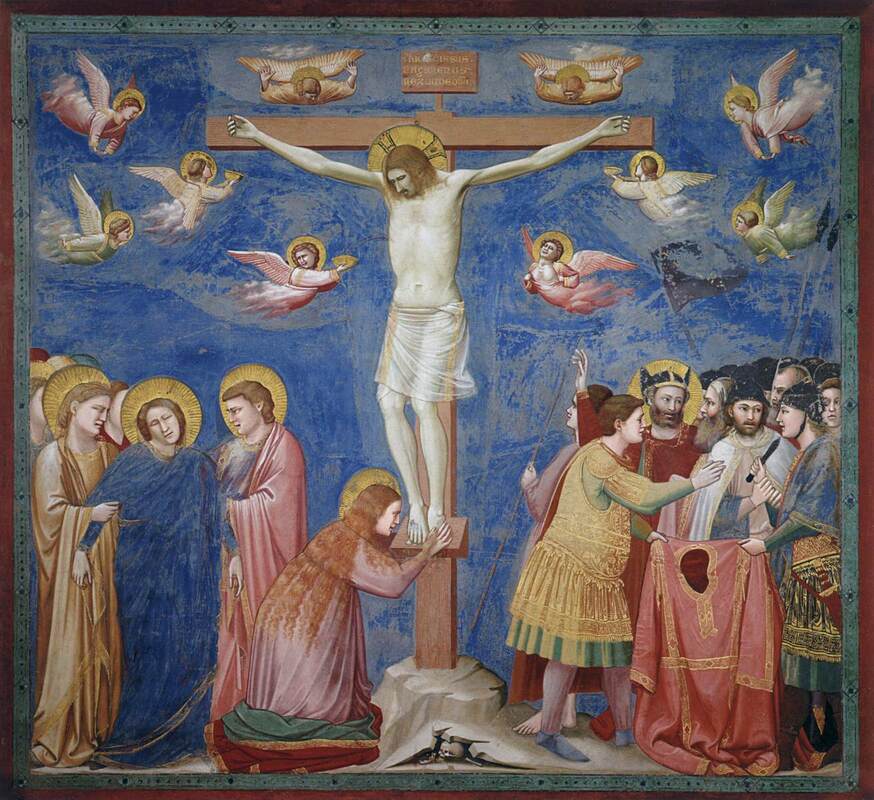
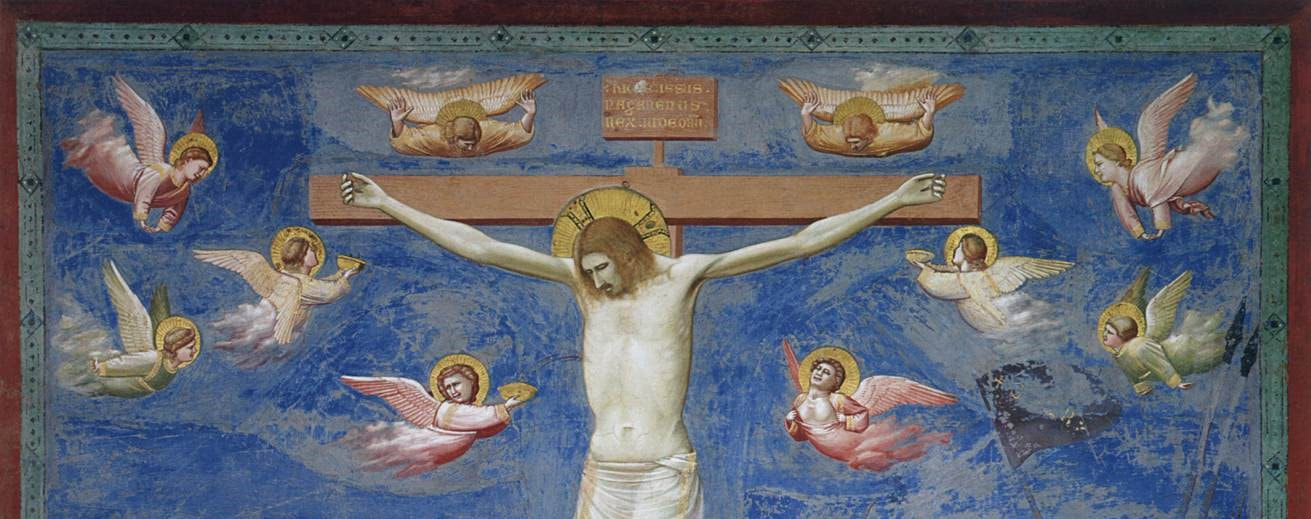
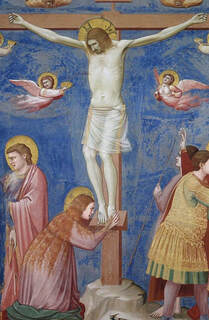
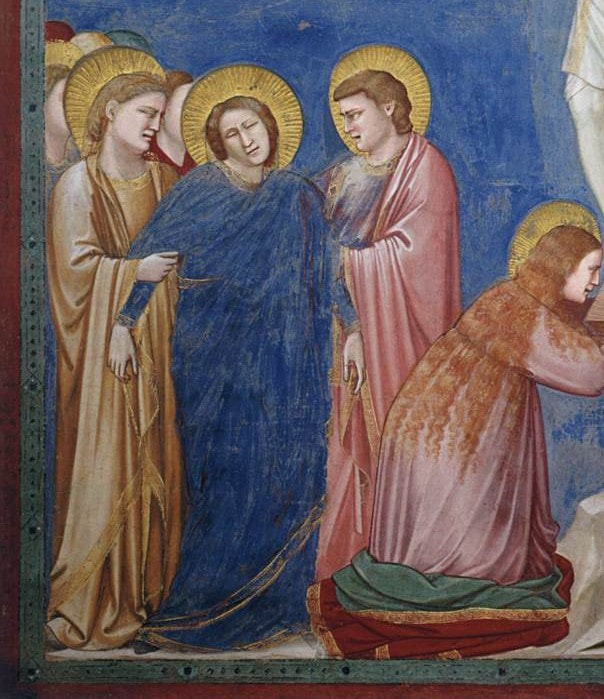
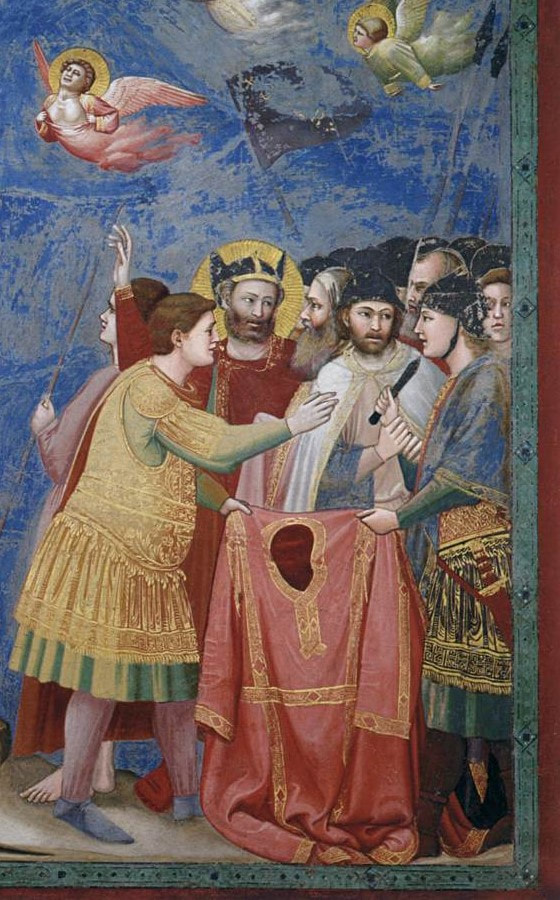
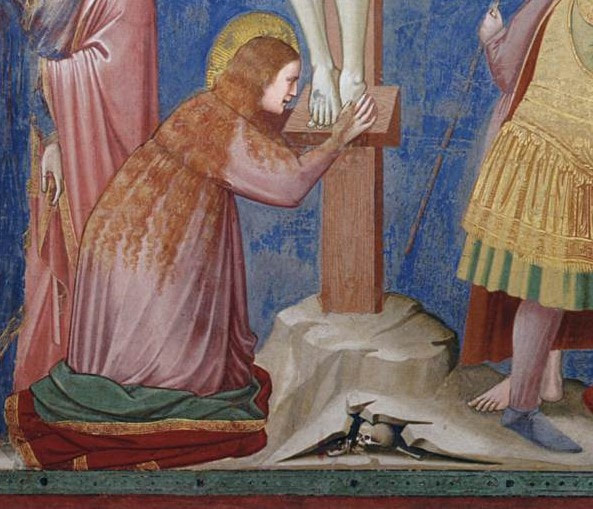
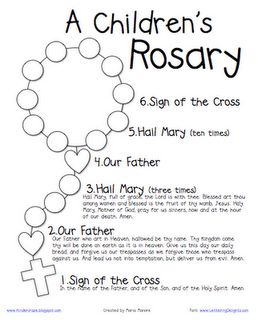
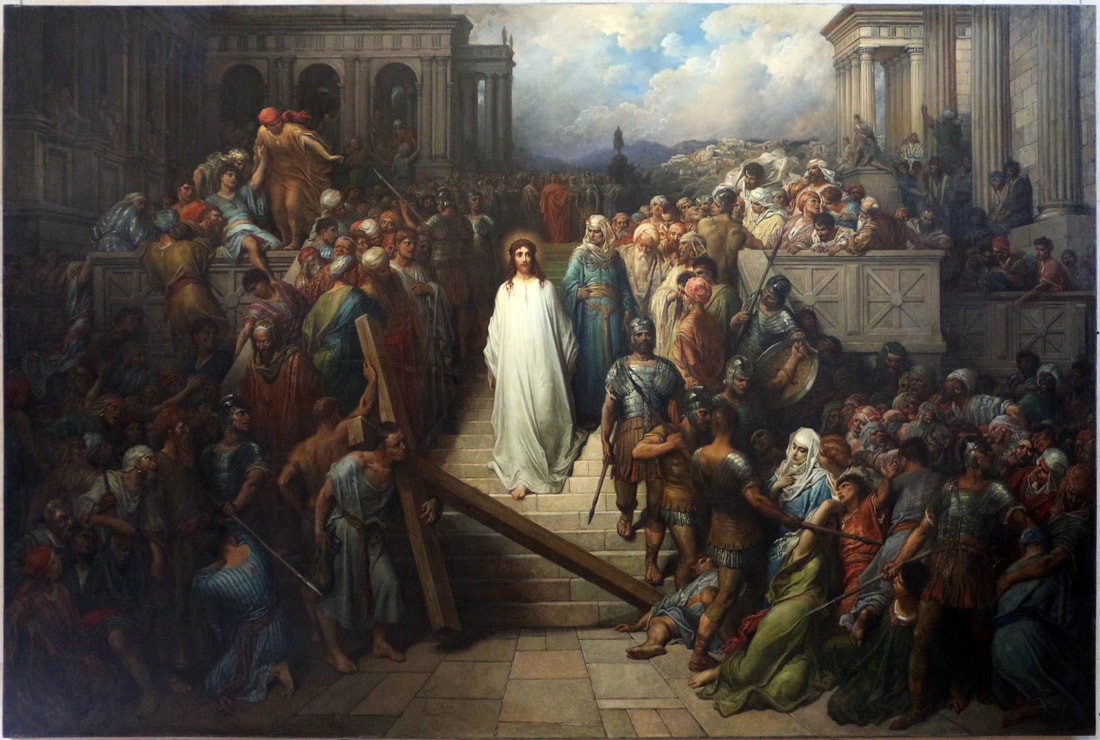
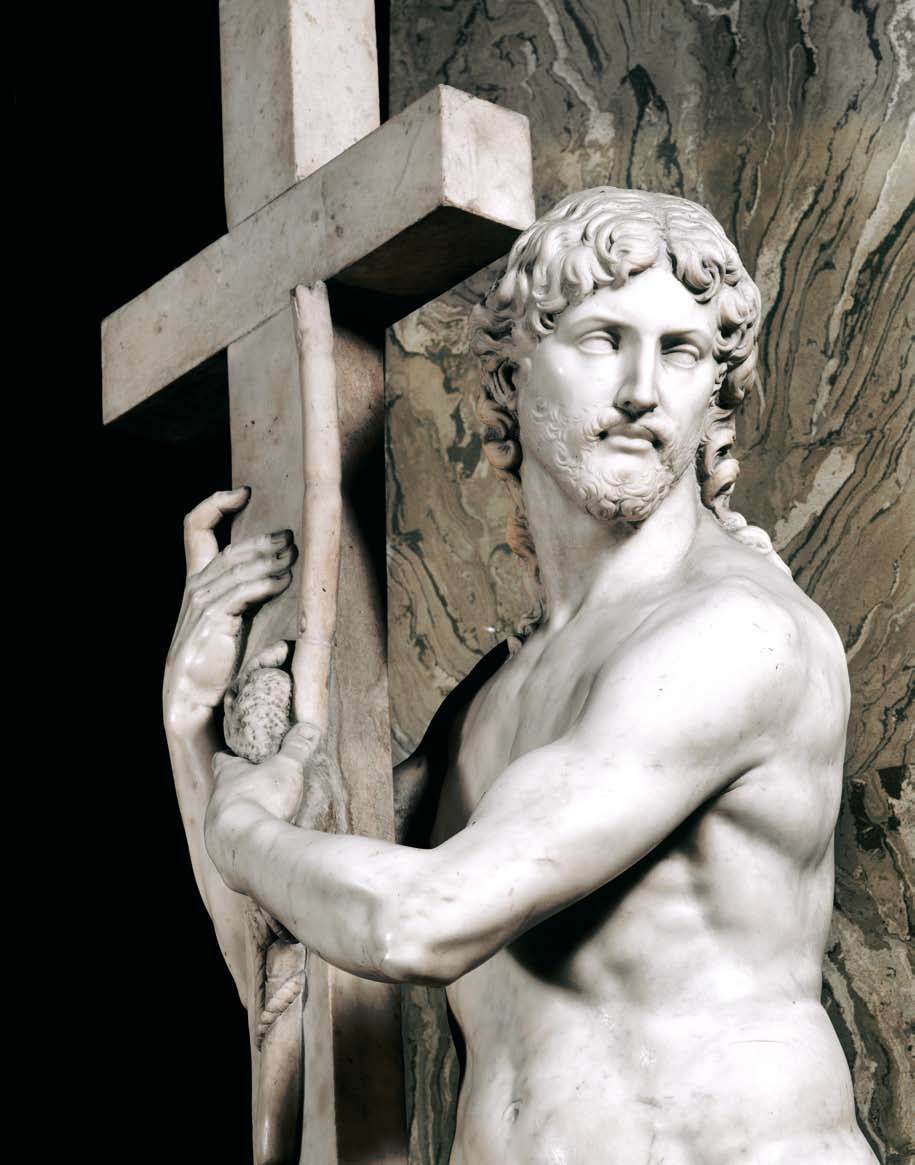
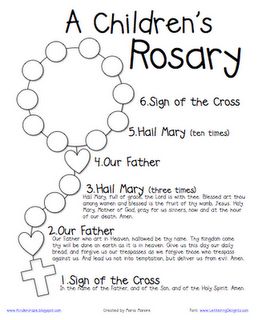
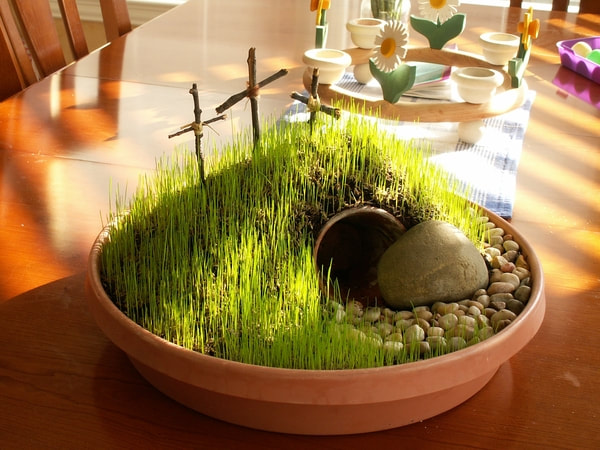
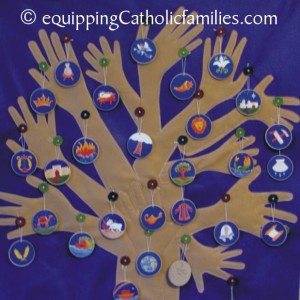
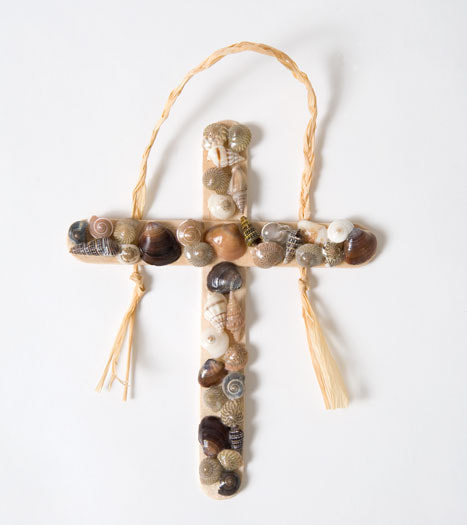
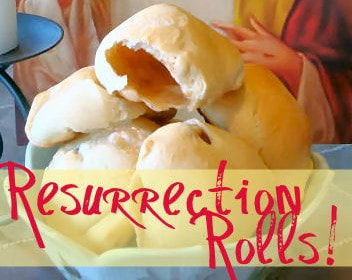
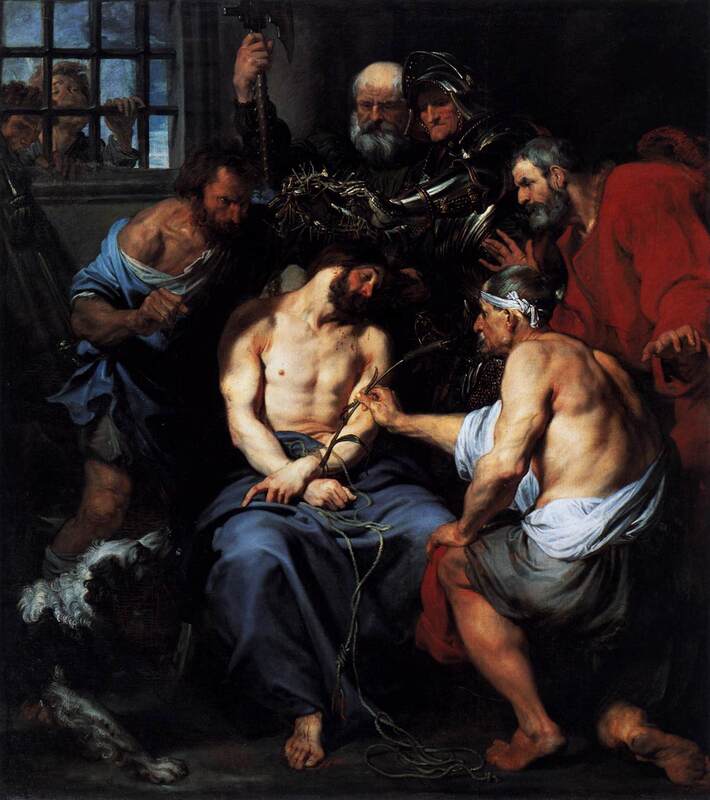
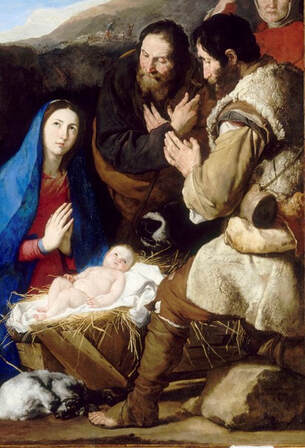
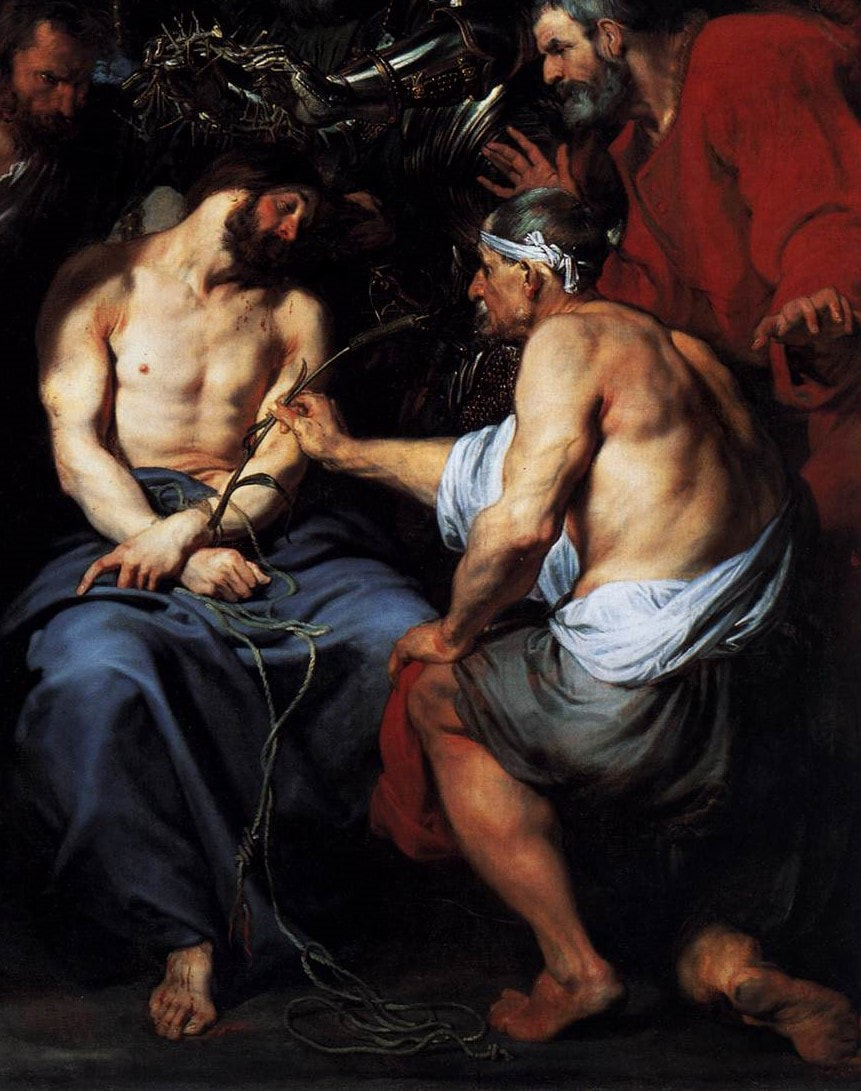
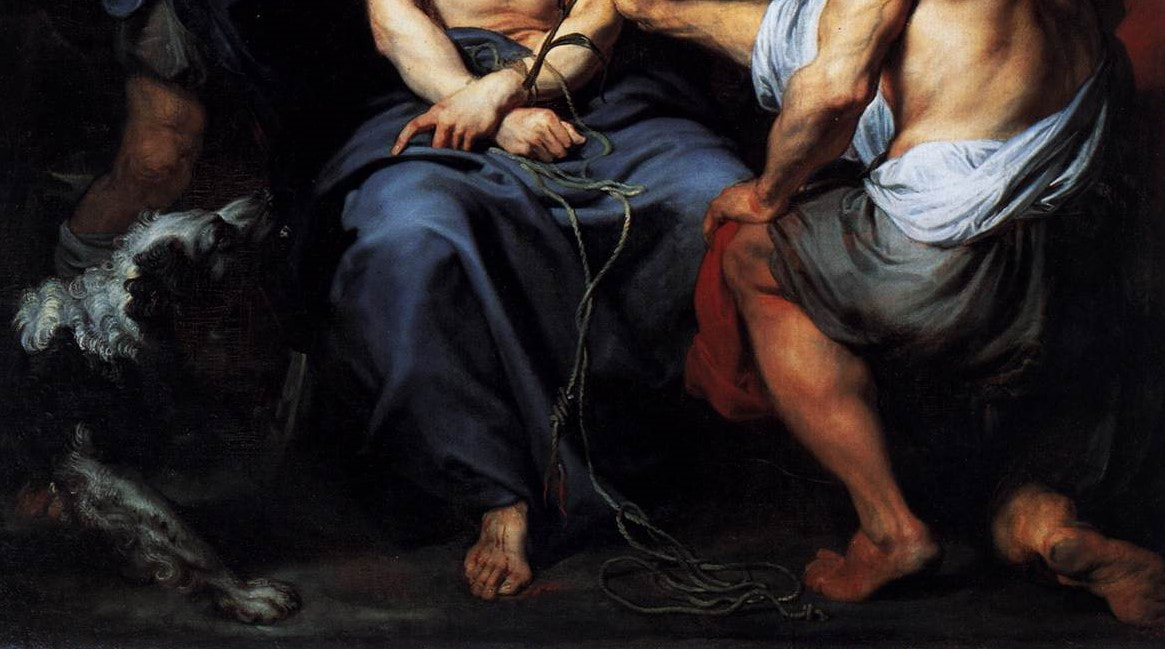
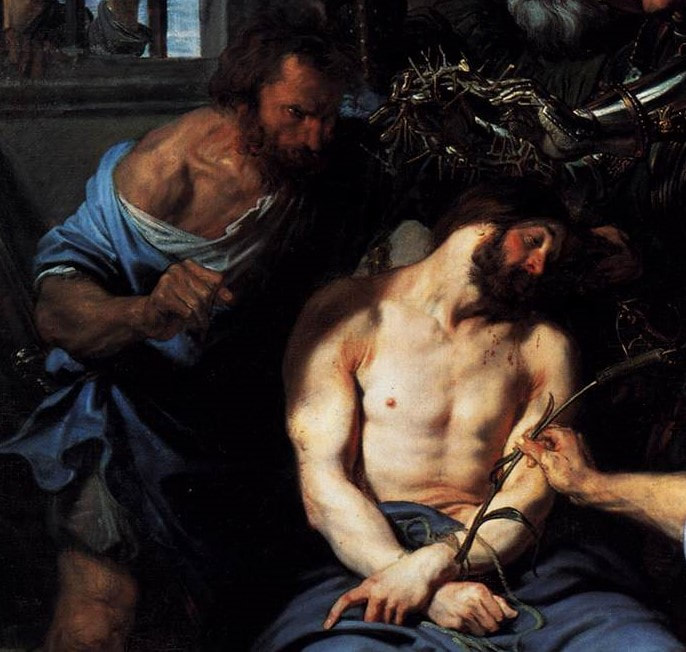
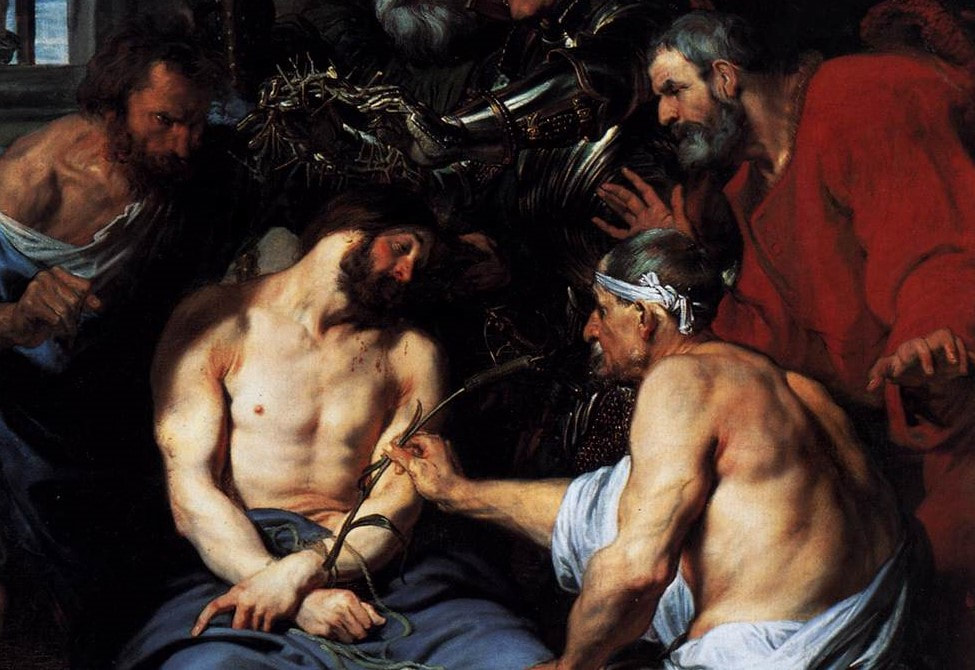
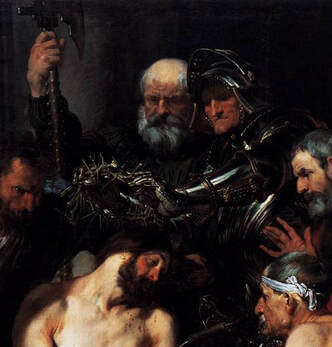
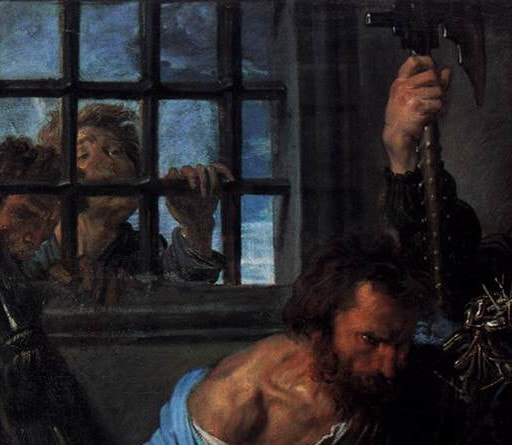
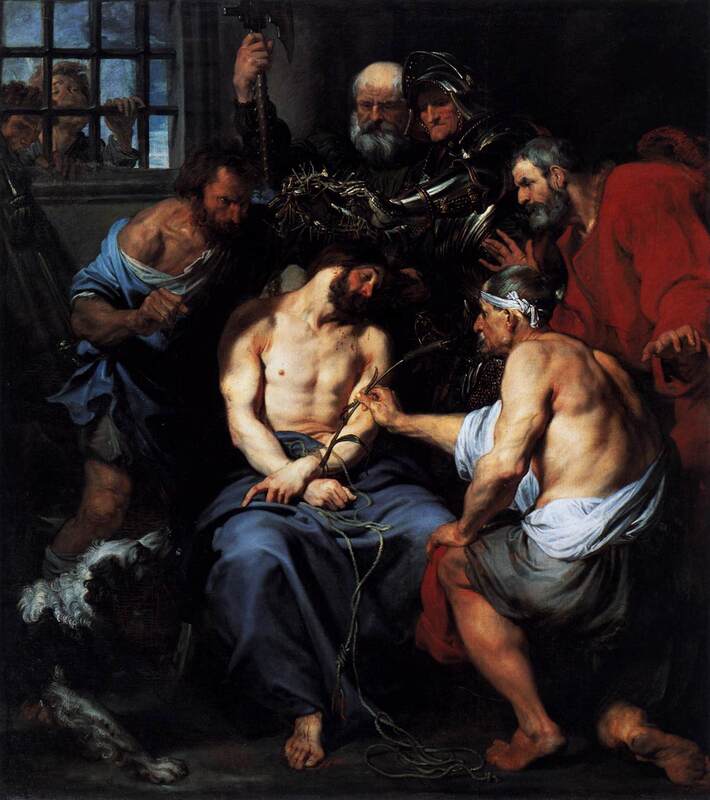
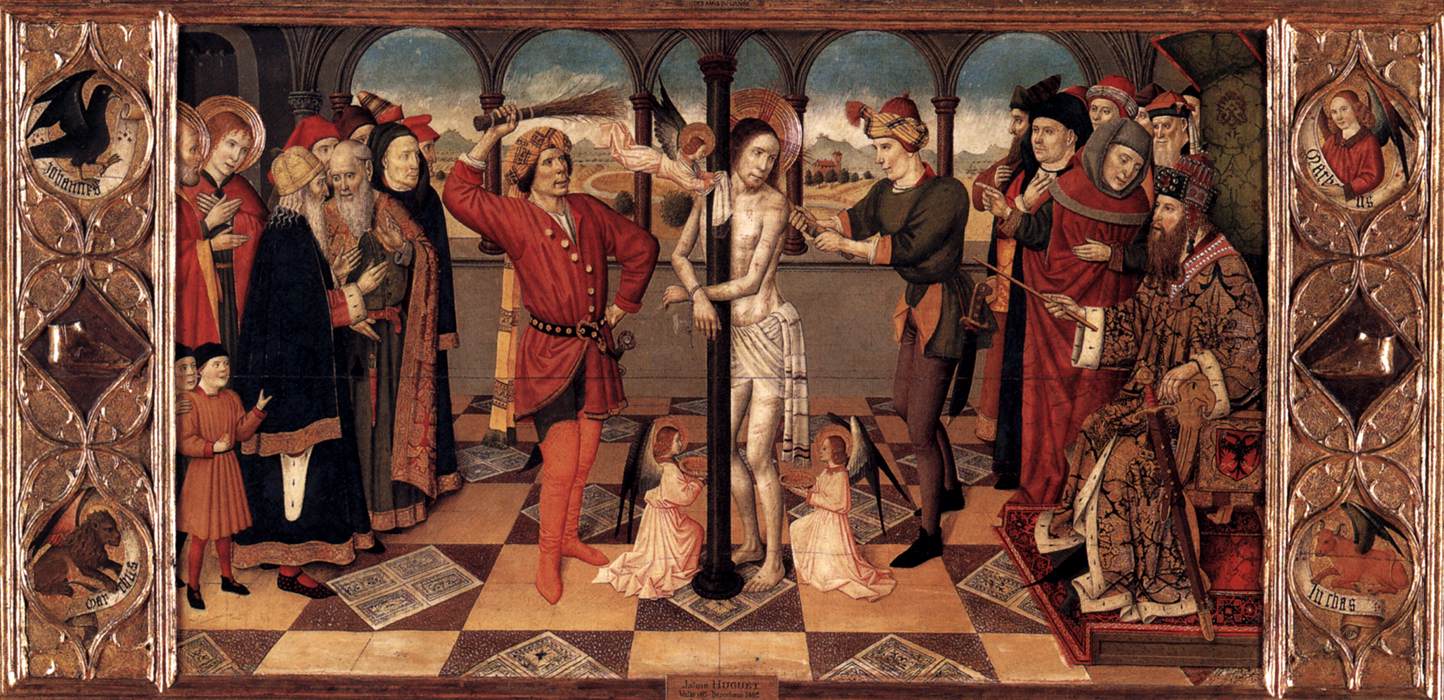
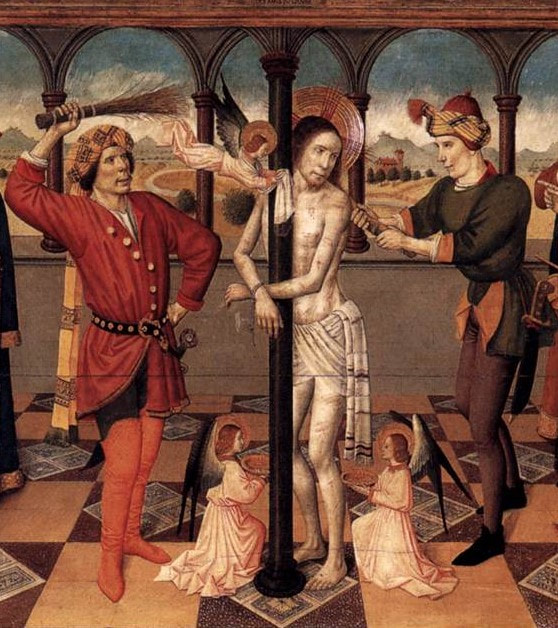
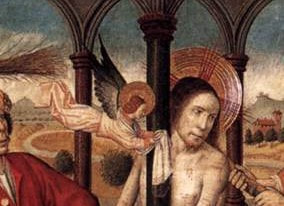
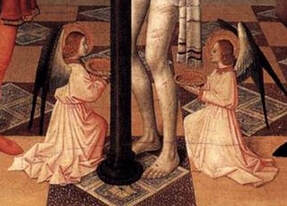
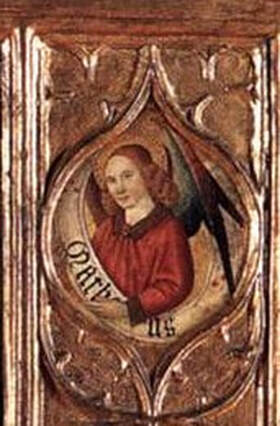
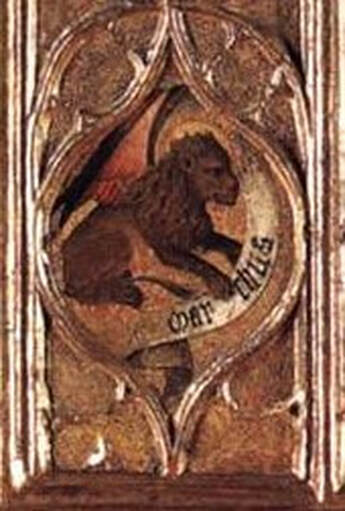
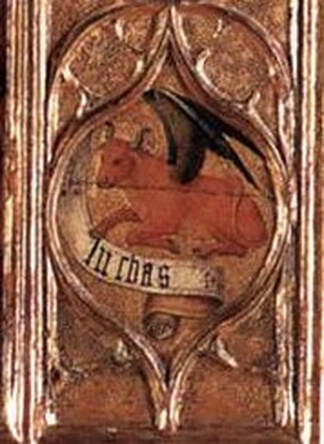
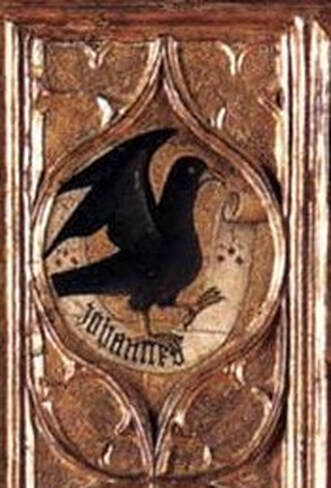
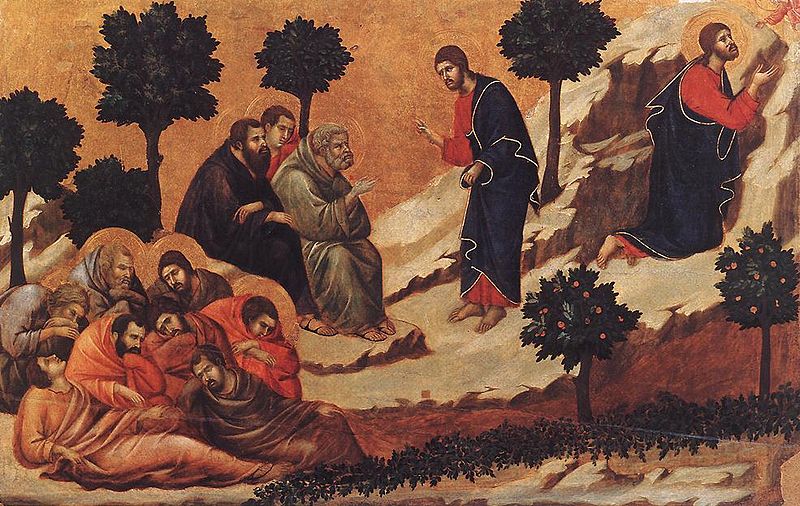
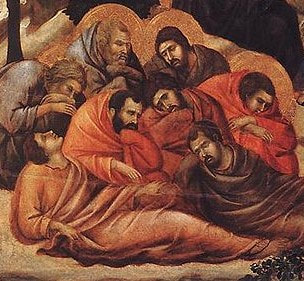
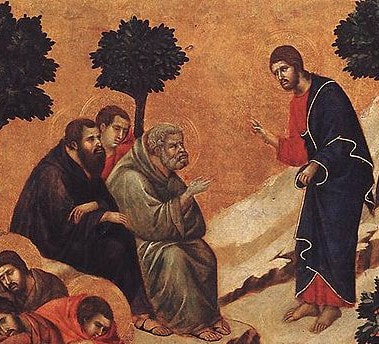
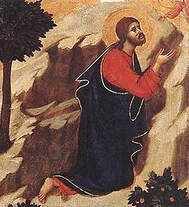
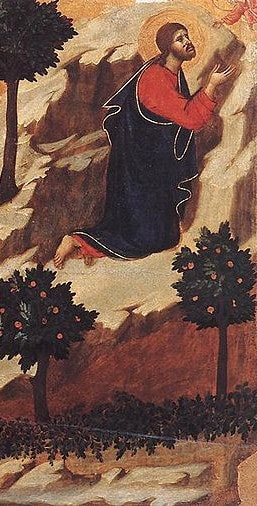
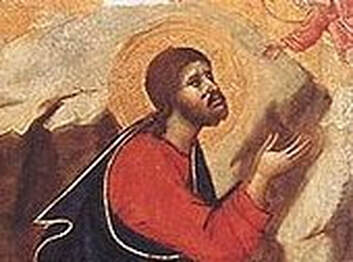
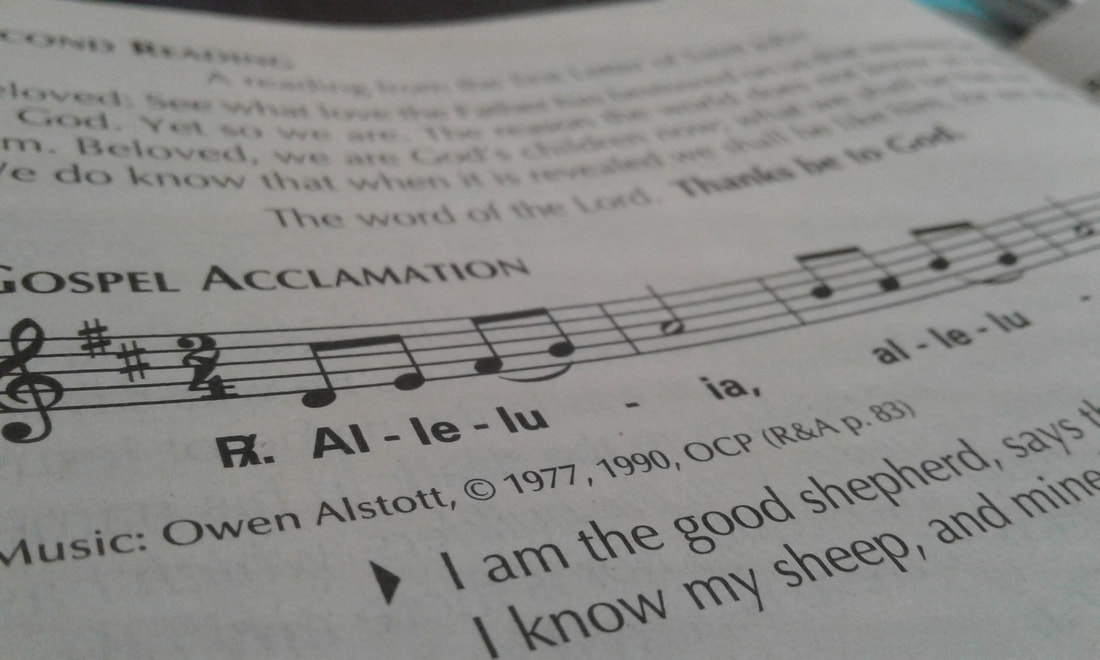
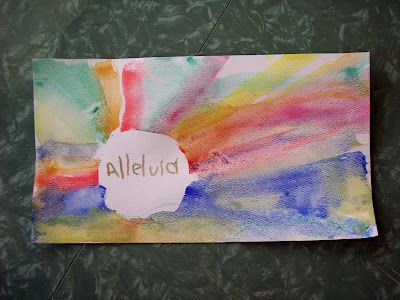
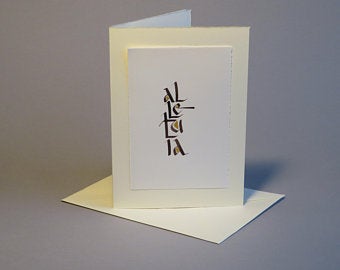
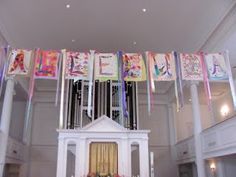
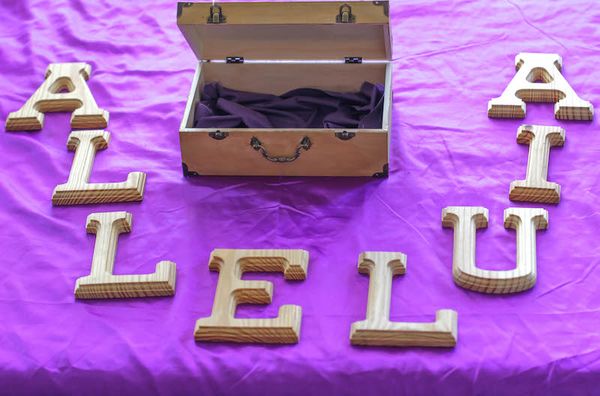
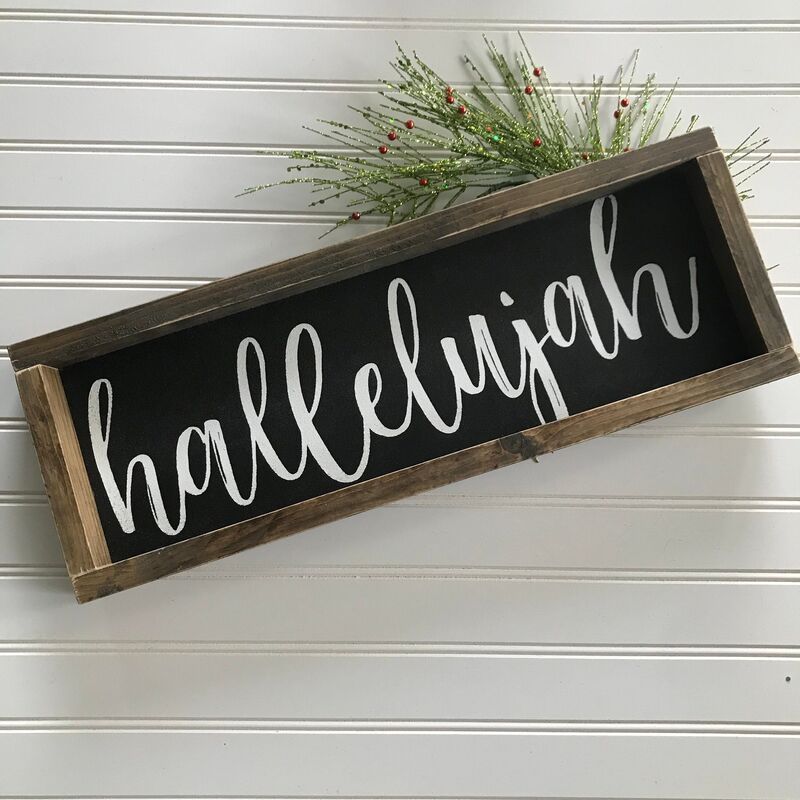
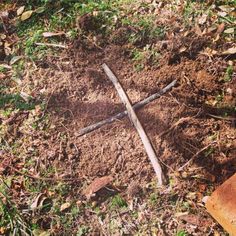
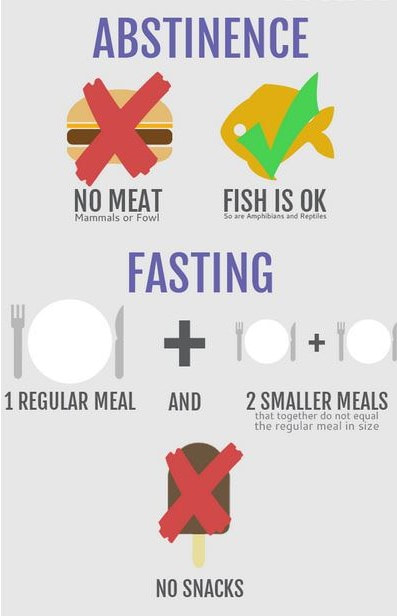
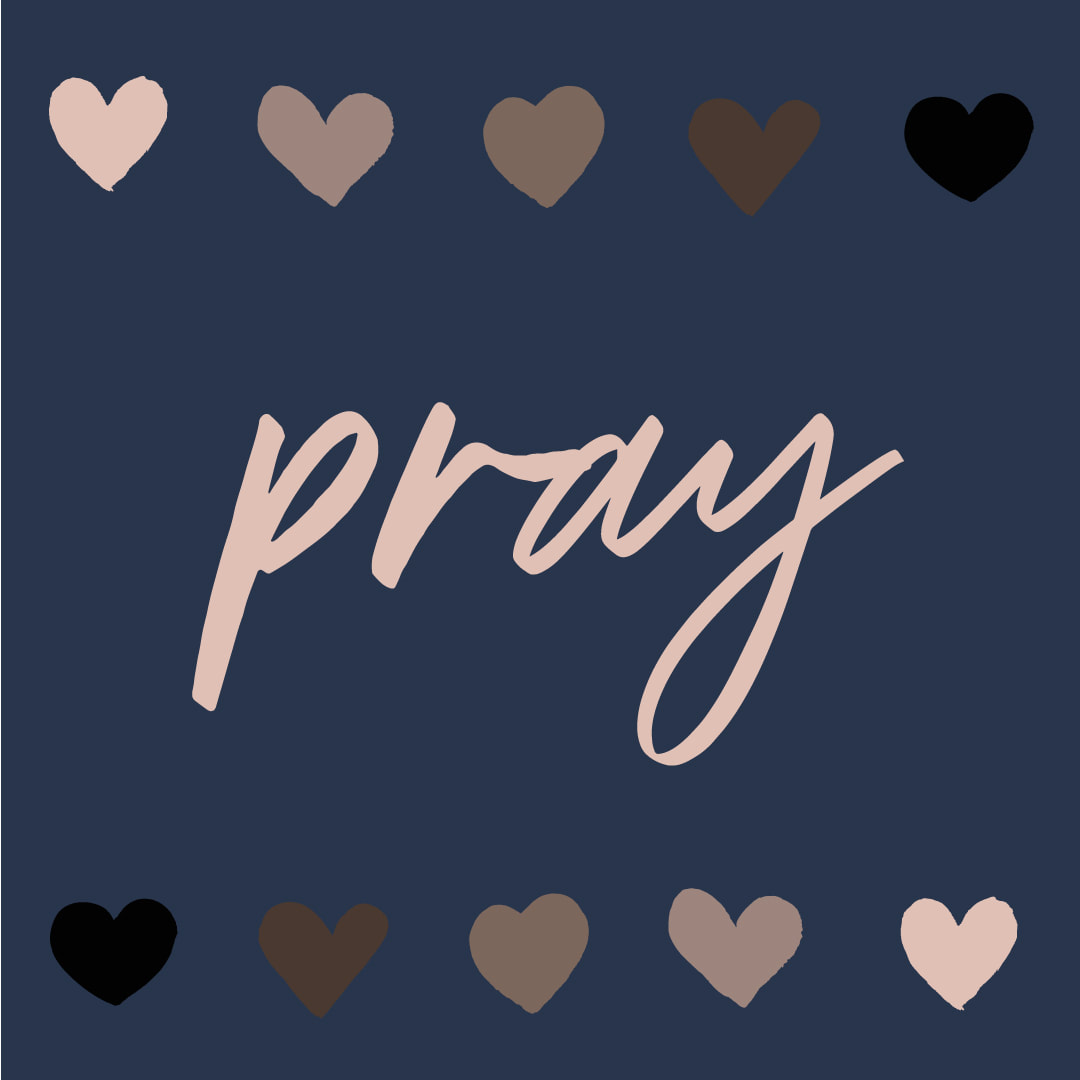
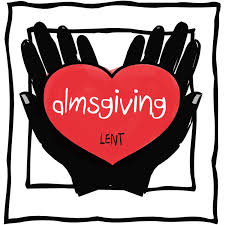
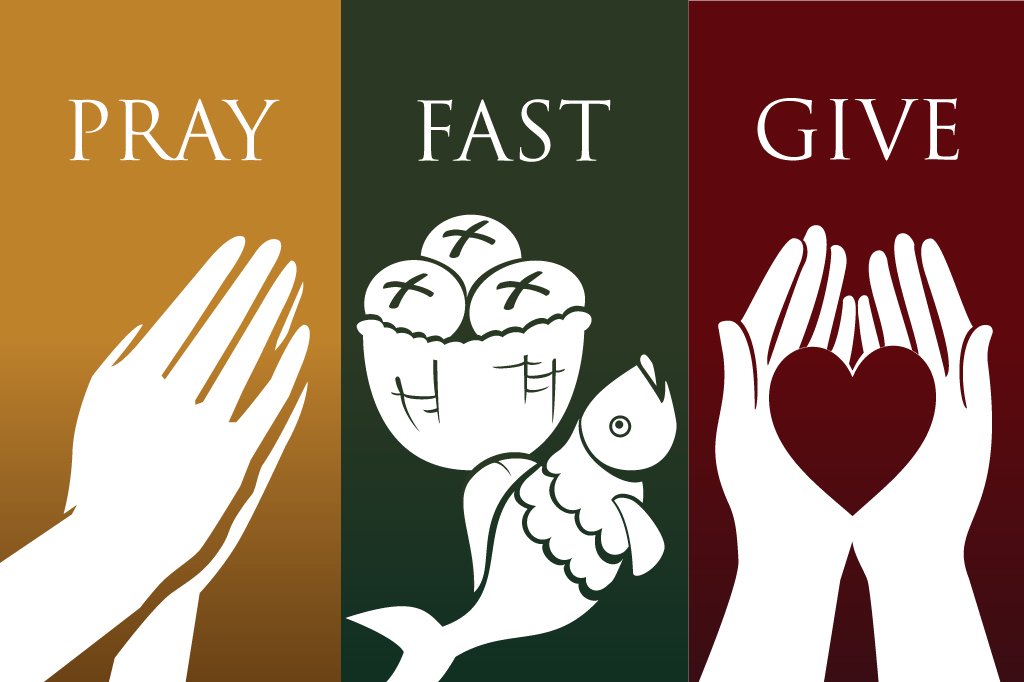
 RSS Feed
RSS Feed